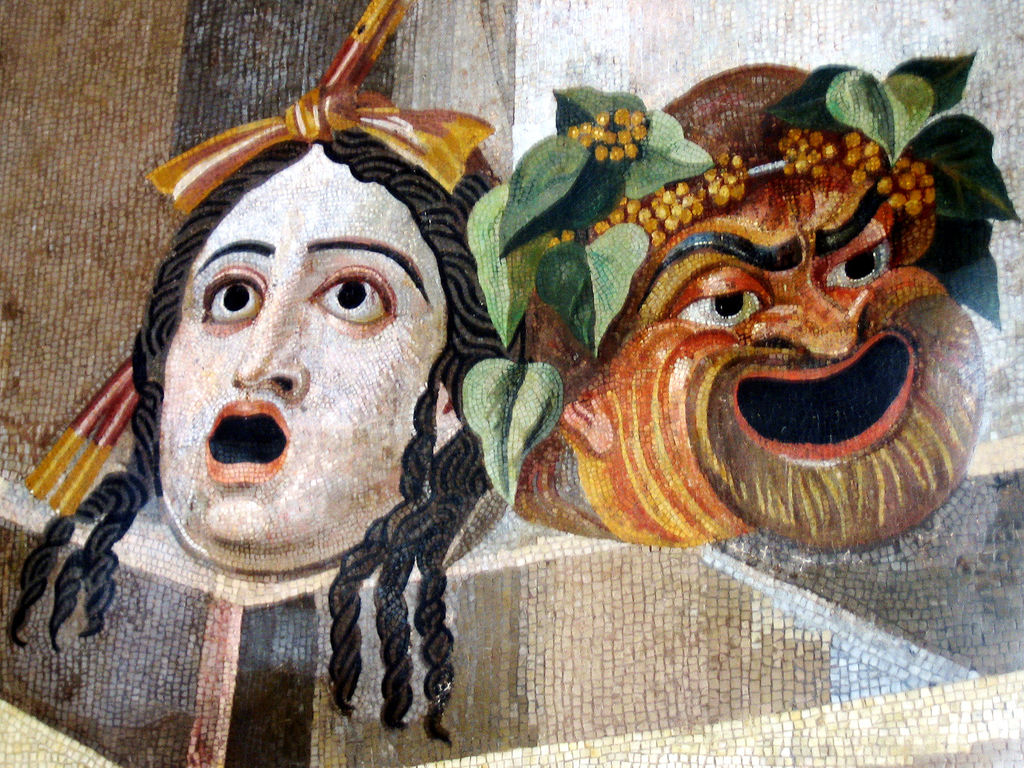When the Roman Empire collapsed and led Europe into the Dark Ages, the Byzantine Empire continued on and it continued to modernize. You don't last for a thousand years, including holding off Muslim invaders for much of that time, without doing some things right. They finally collapsed in 1453, when Constantinople was captured by Turks. It is known as Istanbul today.
But much of the literature and works of art that hadn't already been captured (including by Christian crusaders in 1204) or purchased made their way into Western Europe at the time, including a substantial literary heritage. We can thank artwork and artisans from the Byzantine Empire for a large part of the European Renaissance that happened in the following generations but the literature gets far less attention.
Two projects at the Institute for Byzantine and Modern Greek Studies at the University of Vienna have been conducting a detailed analysis of written sources as a door to understanding the social framework and the mentality of the mainstream Byzantine culture. The texts offer insights into this long-standing, rich and widely influential cultural epoch.
The initial research findings were presented at the "Coming of Age - Adolescence and Society in Medieval Byzantium" symposium in Vienna. The symposium offered international experts (Byzantinists, Medievalists, art historians, legal scholars and psychologists) a stage for the lively exchange of thoughts from various disciplines on the adolescent life stage of "homo byzantinus".
Prof. Johannes Koder, project leader from the Institute for Byzantine and Modern Greek Studies at the University of Vienna, said about the significance of the event, "This symposium successfully presented the Institute´s extensive and complex fields of work to an international audience of experts, in developing a more refined picture of adolescence in Byzantium, and in demonstrating important guidelines for future research projects."
The project is dedicated to analyzing the "discharge" of youth from the family in the period from the 6th to the 11th century.
"At that time, the reasons for this discharge were for general or professional education, marriage, and entering a monastery. These form the starting point of our study of extensive written sources, such as legal documents, hagiographies, chronicles and letters," explains project member Dr. Despoina Ariantzi.
One of the aims here is to clarify to what extent not only parental influence was significant for this discharge from adolescence, in contrast to childhood, but also the wishes of the youngsters. This offers insights into the role of the family in society, in the expectations of the two or three familial generations involved with respect to the future, and in the change in these expectations on the part of society for each subsequent generation.
SEMANTICALLY SUBVERSIVE
Another project at the Institute, dealing with the cultural phenomenon of irony, offers insights into the Byzantine mentality. Substantially more multifaceted than humor, to which it is related, irony can be systematically used for various purposes, especially for calling one´s opponent or specific issues into question, creating distance, and demonstrating one´s intellectual superiority.
The playful, humorous element of irony was thus only superficially about amusement, as project leader Claudia Rapp of the Institute for Byzantine and Modern Greek Studies, explains. "The authors used rhetorical devices to produce subversive effects like irony. This enabled them to express critical opinions in a hidden manner."

Byzantium still has a lot to tell science, according to a new symposium. Credit: Wikipedia
Project member Dr. Efthymia Braounou undertook the pioneering work to trace the conceptual history of irony from classical (Greek-speaking) antiquity into the Byzantine era, which allowed her to show the continuities of literary customs and usage. The next step will be to undertake a semantic analysis of works by Byzantine historians of the 11th and 12th centuries, the height of Byzantine literature, to uncover authors´ ironic intentions and the effect on their audience.
The aim is to gain a better understanding of the "poetry of subversion" (the title of the project) in Byzantine literature, thus contributing to the latter´s appreciation as an independent phenomenon in its socio-cultural context, and not just as a conveyor of the literary heritage of Greco-Roman antiquity.





Comments